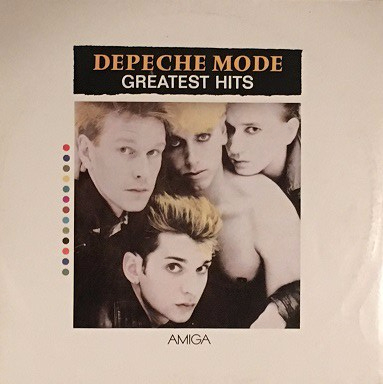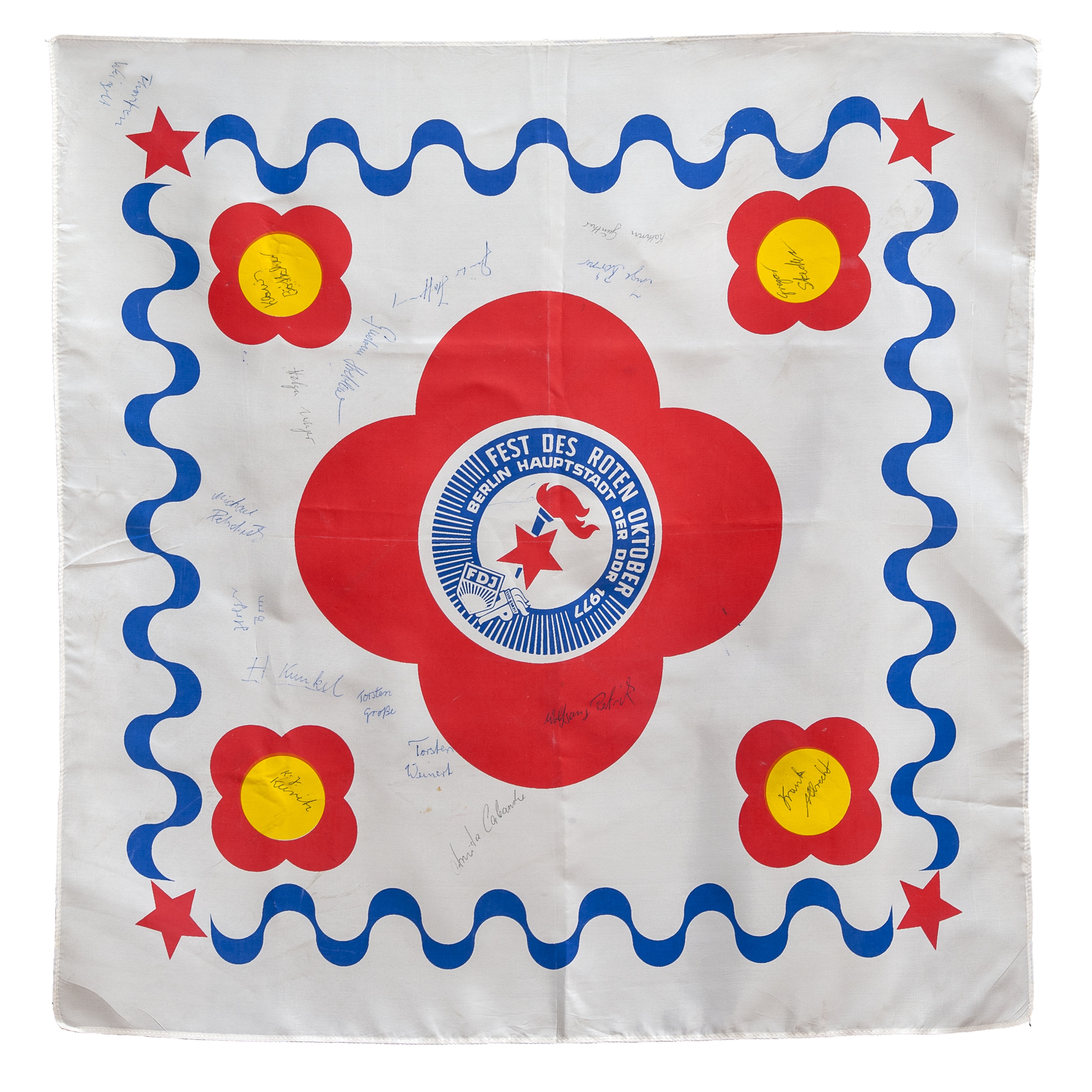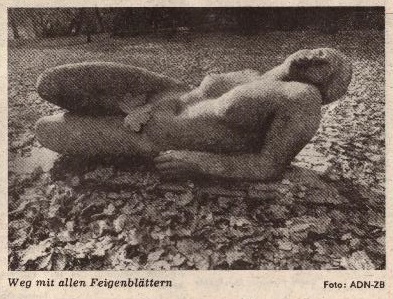In my last post, I started relating the life story of Dr. Johanna Goldberg, a retired physician from the eastern German city of Schwedt. The information found here is based on Dr. Goldberg’s autobiography Vom Prügelkind zur Ärztin (From Whipping Boy to Doctor) and a number of email exchanges I have had with her over the past year. I have decided to present her life in some detail as it illustrates a number of prominent themes of East German life in a remarkable way.
When we left the story, Johanna had just left behind the brutal foster family where she had spent her childhood to study at the Francke Foundations, a boarding school in the industrial city of Halle/Saale. Once here, she had immediately written to both her birth mother and grandmother in the hopes of establishing contact with her natural family . . .

The Francke Foundations in a photo from 1972 (photo: VH-Halle, Wikicommons).
As Johanna’s mother had emigrated to Denmark, a response from her took some time in coming, but the grandmother lived a short distance away in the town of Merseburg and soon Johanna was visiting there semi-regularly. During her first visit, Johanna’s relatives went to great pains to inform her “of all the ‘apparent’ sins of mother”, something that disturbed the girl greatly and caused her to reflect on whether “a person can be only bad and is he or she that for all time?” (pg 38)
When she questioned her grandmother about why she had stood aside and let Johanna be placed into foster care, the explanations were weak and unconvincing. First and foremost, the old woman referred to the counsel of her doctor who’d apparently pointed to Johanna’s bad eye and advised the grandmother that this indicated that the child would undoubtedly be mentally deficient (“blöd”). Johanna is appalled by this reasoning and particularly put off by the contradiction between her supposedly pious grandmother’s actions and religious beliefs: “That was too much hypocrisy for me!” (pg. 39)
Read More











